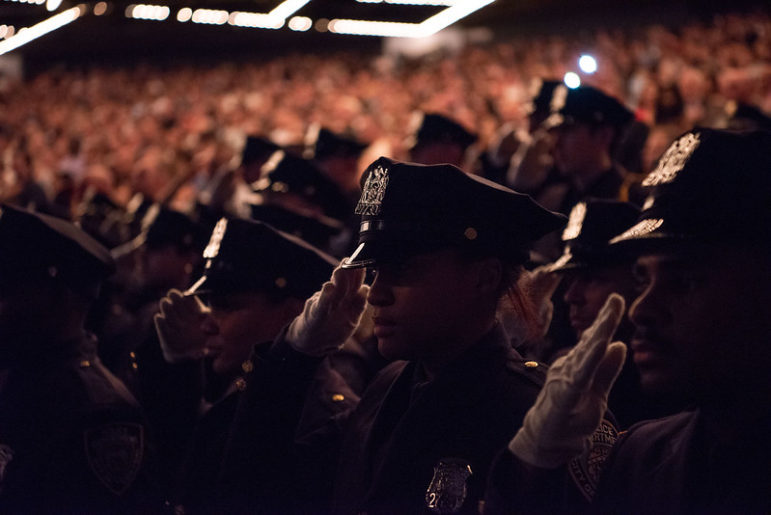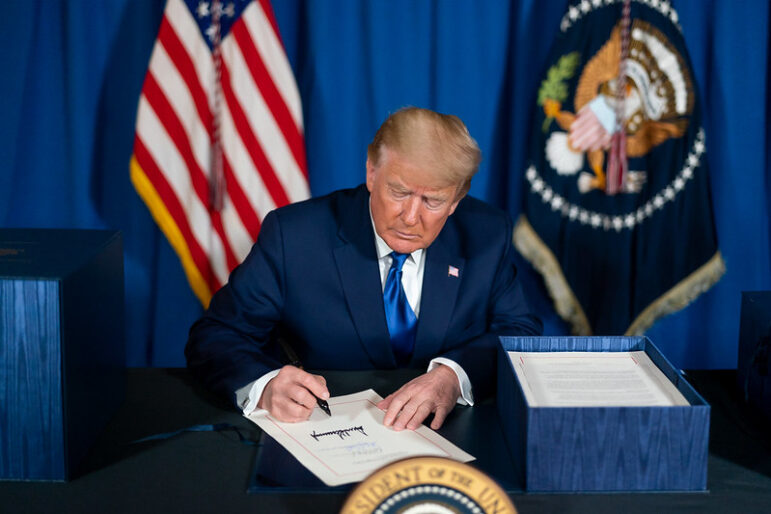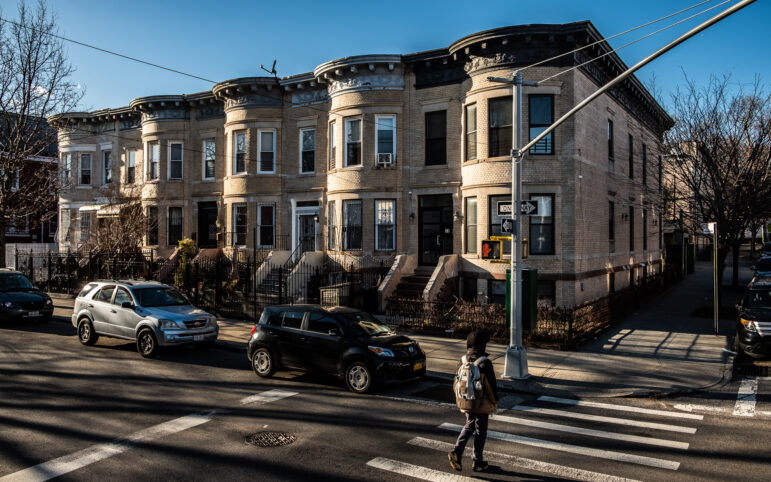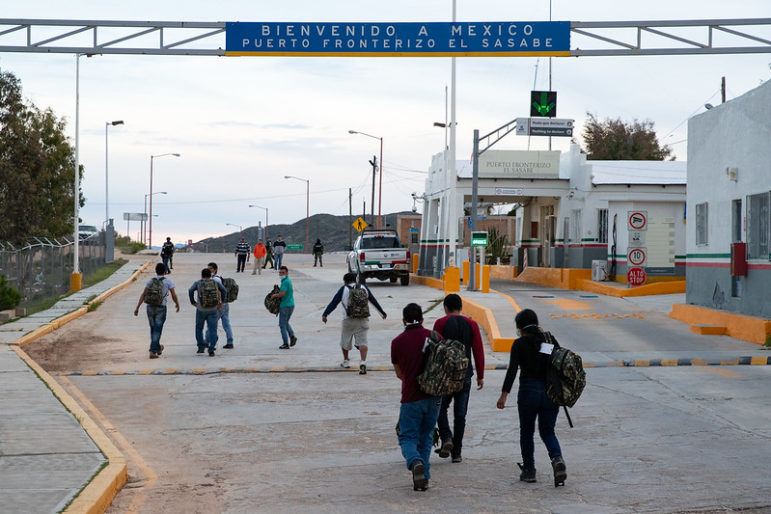
Michael Appleton/Mayoral Photography Office
NYPD graduation 2018
Over the last several weeks, videos capturing police brutality and cruelty in the New York City subway system have shocked and outraged millions across the country. In two particularly disturbing instances last month, police assaulted teenagers, terrorized and endangered bystanders, and then arrested their victims. In one case, approximately 10 police officers drew their guns on an unarmed 19-year-old in a crowded subway car, sitting with his hands in the air, fully compliant, before throwing him to the ground and assaulting him. Bystanders, including children, cowered in the subway car as the officers pointed their guns haphazardly. He was charged with failing to pay subway fare. In the second incident, police attacked teens as young as 14, punching at least one young boy in the face, and violently arresting them.
My office, Brooklyn Defender Services, now represents individuals arrested in both incidents. While shocking, these incidents—both of which occurred on the same day in the same borough—are unfortunately not surprising. It isn’t just that police brutality occurs with jarring regularity as we and many New Yorkers, especially Black and Latino New Yorkers, know well. It is why. The dearth of police accountability and transparency in New York has created an atmosphere of impunity and lawlessness that enables and perpetuates police violence. The NYPD response to recent incidents only underscores the problem.
During both of these events, when witnesses took out their phones to record what was happening, police officers tried to block the cameras as their colleagues committed acts of violence. The instinct to shield their colleagues from the lens of public scrutiny is borne out of the fact that the NYPD routinely shields police officers from accountability and oversight. One way they do so is by refusing to name officers involved in troubling incidents, even when captured on video. Despite demands from elected officials and members of the public, they again refused to release the names of the officers involved in either subway incident. My office did what we could and released the names of at least the officers we knew through our representation: Officers Kyle Williams, Tommy Martinovic, Abdullah Odeh, and Shawndel Latham. We know there were many other officers involved, but we do not know who they are, and may be unable to ever ascertain their names. Indeed, the NYPD will often keep its most troubled officers’ names out of arrest paperwork, a subterfuge designed to keep those officers and the NYPD itself from facing consequences.
The NYPD is tasked with investigating and disciplining its own members, and officers are rarely punished with more than loss of a couple of days of paid or banked vacation, even for serious misconduct such as committing perjury by lying on the witness stand or being physically abusive. It is common for the police commissioner to override punishments, even when they are recommended by the Civilian Complaint Review Board, reinforcing to officers that integrity and appropriate behavior are not valued by the police force. In the rare case when discipline does happen, findings of misconduct or violence, or a determination that impugns an officer’s integrity, are kept from the public as a result of Section 50(A) of the Civil Rights Law, one of two of the most restrictive laws in the country, which seals an officer’s history of misconduct from the public. Lawsuits, while public, are not a deterrent. Over the past two years, New York City has shelled out more than $550 million in taxpayer dollars to pay off lawsuits settled against the NYPD with new lawsuits being filed all the time. These settlements, however, are paid by taxpayers, not by the officers accused of misconduct, nor do they come out of the NYPD budget.
Officer Latham, for example, has a high-profile lawsuit currently pending against her, but that did not stop her from patrolling the subways and ultimately getting involved in the violent arrests at the Jay Street-Metrotech subway station. My organization knows Officer Latham from another recent and well-publicized incident of brutality. Last December, Officer Latham grabbed, tugged, and ripped a one-year-old baby from the arms of his 23-year old mother, Jazmine Headley, because she was sitting on a floor in a public assistance center. Officer Latham also pointed a TASER at bystanders and at the baby, risking injury with no reason for doing so. Nearly one year later, this very same officer remains on active duty again putting the safety of people at risk. The impact of these incidents is very real to the victims. Months after the incident that traumatized her and her son, Ms. Headley is still dealing with the impact of both the events and the publicity. Similarly, the 19 year-old young man, who recently had guns pointed at him on the subway has been unable to sleep since.
We cannot expect the culture of violence within the NYPD to change if officers who harm New Yorkers, even those whose misconduct is recorded and viewed by millions of people, are not just left unpunished but allowed to continue committing further acts of violence. These incidents are not aberrations. Without improvements in accountability, any new officers will be trained in and absorb the culture of the current dysfunctional system.
The governor is not addressing this crisis of accountability. Instead, he has announced plans to hire 500 new transit police officers to its ranks, adding to over 2,500 officers already patrolling the subways, at the extraordinary cost of $56 million today and $119 million annually in 10 years. The stated purpose for increasing the transit police force is to fight fare evasion and homelessness, which is actually coded language for removing people from the subways, pushing them into the streets without regard to their safety or exposure to the elements. And if recent events are any indication, it also targets people trying to make a living selling innocuous goods on the subways, like the multiple women arrested for selling churros in the past week.
In addition to sounding and feeling like another version of “stop and frisk” or “quality of life” policing, which has been entirely discredited as racist and ineffective (as well as ruled illegal by courts), the increase in the number of officers will drastically increase the number of police encounters with civilians, especially Black and Latino New Yorkers, who are overwhelmingly targeted by subway policing. More interactions with police are likely to result in more negligent and dangerous incidents like the ones last month, which endanger everyone on the platform and in the subway cars.
Last week, voters resoundingly passed Ballot Proposal 2 on Election Day, which expanded the size and scope of the Civilian Complaint Review Board of the NYPD in a clear demand for greater accountability of the police. But New York must go even further and overhaul its mechanisms for police accountability. The legislature must repeal Civil Rights Law 50(A) this session and join the other States that have found ways to hold officers accountable without shielding the information from the public. These changes will add transparency so that the disciplinary process itself can be scrutinized and made more effective and fairer.
District Attorneys also have a central role to play. The five boroughs’ District Attorneys should be diligent in identifying officers whose credibility or integrity are troubling. They must build effective tools to share those lists across the city due to the propensity of NYPD to transfer officers against whom complaints have been made. District Attorneys should also stop opposing defense requests for disciplinary records under the restrictive 50(A), allowing, at minimum, for such information to come out in court proceedings against individuals victimized by these abusive officers. And like Brooklyn’s District Attorney Eric Gonzalez recently did, they should all release the names of officers whose credibility has been called into question.
We must hold officers accountable and stop allowing more and more officers to be added to the nation’s largest police department. We should instead invest in projects that would actually improve New Yorkers’ lives and communities, including providing free or reduced priced MetroCards for those who cannot afford the fare and more affordable housing to meaningfully address the homelessness crisis.
We have all seen the violence. Now is the time to act to end it.
Lisa Schreibersdorf is the executive director of Brooklyn Defender Services.








